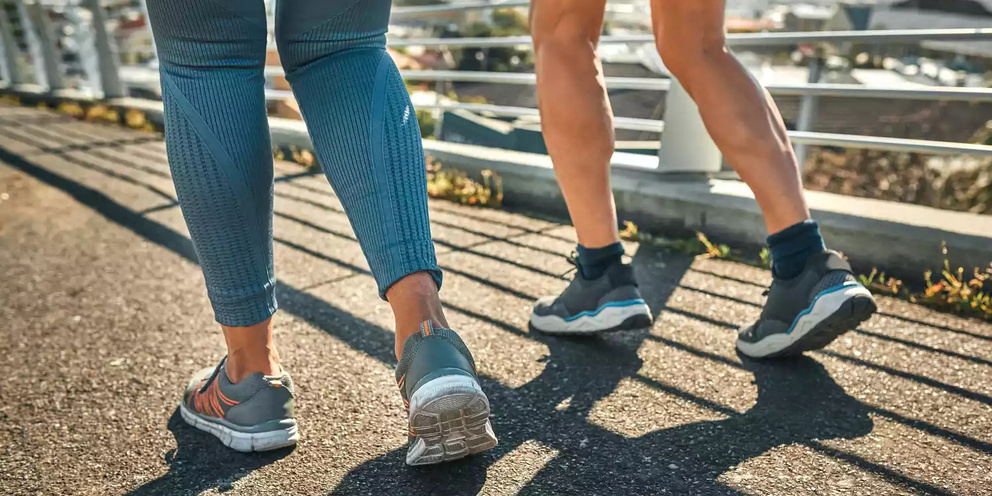Walking is often underrated, yet it’s one of the simplest and most effective forms of exercise you can do. It doesn’t require fancy equipment or expensive gym memberships, and it’s accessible to almost everyone. Whether you’re aiming to boost your physical health, clear your mind, or improve your overall quality of life, walking can be the perfect solution.
The Simplicity and Power of Walking
Walking is as natural as breathing, and it’s something we can incorporate into our daily routines without major effort. The beauty of walking lies in its simplicity—it’s gentle on the body yet powerful enough to yield significant health benefits.
Why Walking Stands Out Among Exercises
Unlike other forms of exercise that might feel intimidating or require special training, walking is a low-impact activity suitable for people of all ages and fitness levels. Whether you’re strolling through your neighborhood or hiking up a trail, walking is a versatile exercise that adapts to your lifestyle.
Also Read:
Hard Core Pimples: Why They Form and How to Treat Them
Top 13 Benefits of Walking
1. Boosts Cardiovascular Health
Walking regularly strengthens your heart and improves circulation. A brisk 30-minute walk each day can lower your blood pressure, reduce LDL cholesterol, and decrease your risk of heart disease.
2. Improves Mental Well-Being
Feeling stressed or anxious? Walking can work wonders for your mental health. It triggers the release of endorphins, often referred to as the “feel-good” hormones, and helps combat stress, anxiety, and depression.
3. Aids in Weight Management
Walking is a great way to burn calories and maintain a healthy weight. Combined with a balanced diet, it can help you shed excess pounds without the intensity of high-impact workouts.
4. Enhances Muscle Strength and Tone
While it may seem low-impact, walking engages multiple muscle groups, including your legs, glutes, and core. Regular walking can help tone these areas and improve overall strength.
5. Supports Joint Health
Walking is gentle on the joints, making it a safe option for those with arthritis or joint pain. The movement helps lubricate joints and improve mobility over time.
6. Reduces Risk of Chronic Diseases
Studies show that consistent walking lowers the risk of developing conditions like diabetes, hypertension, and certain types of cancer. It’s a proactive way to keep your body healthy.
7. Increases Energy Levels
Feeling sluggish? A quick walk can give you a natural energy boost by improving oxygen flow and increasing blood circulation throughout your body.
8. Promotes Better Sleep
If you struggle with sleep, walking might be the solution. Regular physical activity helps regulate your sleep patterns, making it easier to fall asleep and stay asleep.
9. Strengthens Immunity
Walking bolsters your immune system by increasing the production of white blood cells, which fight off infections. This can lead to fewer sick days and better overall health.
10. Fosters Creativity and Focus
Walking isn’t just good for your body—it’s great for your brain too. It can enhance cognitive function, improve focus, and spark creativity, making it a fantastic exercise for problem-solving or brainstorming.
11. Helps with Digestion
A walk after meals can aid digestion by stimulating gastric processes. It’s particularly helpful for preventing bloating and improving gut health.
12. Suitable for All Ages and Fitness Levels
From toddlers to seniors, walking is an inclusive exercise that anyone can enjoy. It can be tailored to match your fitness level, making it a lifelong activity.
13. Accessible and Free
No gym? No problem. Walking requires no equipment, memberships, or special training. All you need is a comfortable pair of shoes and a safe space to walk.
Essential Safety Tips for Walking
Invest in a good pair of walking shoes that provide adequate support and cushioning. Ill-fitting footwear can lead to discomfort or injuries.
If you’re walking outdoors, especially in low-light conditions, wear reflective clothing and stay aware of your surroundings. Avoid distractions like using your phone.
Carry water to stay hydrated, and dress appropriately for the weather. Use sunscreen to protect your skin and wear layers during colder months.
How to Make Walking More Effective
Start with manageable goals, like walking 20 minutes a day, and gradually increase your pace and duration. Tracking your progress can keep you motivated.
Alternate between brisk walking and a slower pace to burn more calories and boost cardiovascular benefits. This variation keeps your routine dynamic and challenging.
Walking doesn’t have to be boring. Find a park, trail, or beach to make your walks more enjoyable. Changing your environment can keep you motivated and engaged.
The Psychological Impact of Walking
Walking is a natural mood enhancer. The rhythmic movement, combined with fresh air and sunlight, creates a meditative effect that helps reduce stress and improve mental clarity.
Turn your walk into a mindfulness session by focusing on your breath, the sounds around you, or the feel of your feet hitting the ground. This practice can enhance your mental well-being and reduce overthinking.
Conclusion
Walking may be simple, but its benefits are profound. From improving physical health to boosting mental well-being, it’s the ultimate exercise for people of all ages. By incorporating walking into your daily routine and following basic safety tips, you can enjoy a healthier, happier lifestyle. So, lace up your shoes and start walking your way to better health today!



















